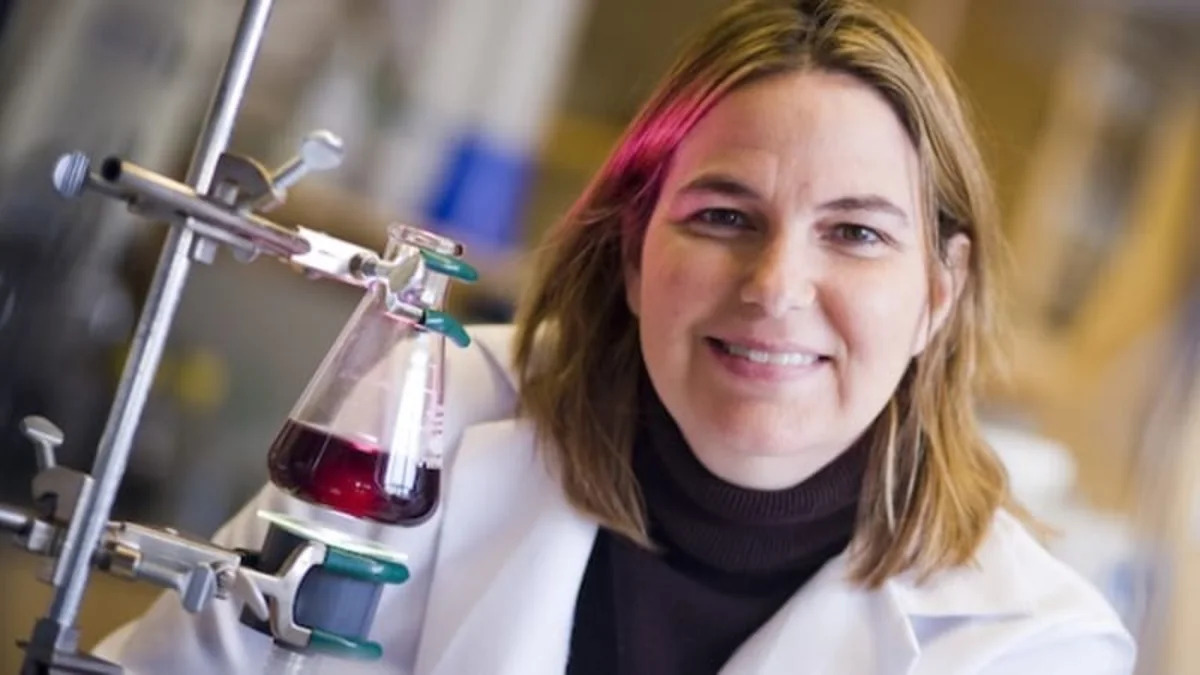The jury is still out on whether hydrogen-fueled cars will be a competitive alternative in the future. BMW still seems to think it will be. Honda hasn't given up on its FCX Clarity hydrogen car either. Cities like London are laying the preliminary groundwork for a network of hydrogen filling stations. And then there's Ahhhnold and his hydrogen highway.
One of the issues facing hydrogen-powered cars is large-scale hydrogen production. H2 proponents always cite the fact that hydrogen is the most abundant resource in the universe. This is true, but it's not exactly growing on hydrogen trees, ripe for the plucking. Harnessing that abundant hydrogen is tricky, though, and if you're using coal-fired power plants as an energy source to create hydrogen, well, your hydrogen car isn't nearly as green as it could be, is it? H2 fans shouldn't worry quite yet. MIT is ready to throw some science at the problem.
As we all remember from seventh grade biology, photosynthesis is the process by which plants use the power of sunlight to turn carbon dioxide and water into usable fuels. For plants, these fuels are sugars. A team of MIT researchers has found a way to mimic the photosynthetic process to harness the power of sunlight to split water and possibly make a fuel of their own – hydrogen.
The team, led by Angela Belcher (pictured above), the Germeshausen Professor of Materials Science and Engineering and Biological Engineering, engineered a common, harmless bacterial virus called M13 to attract and bind with molecules of a catalyst (the team used iridium oxide) and a biological pigment (zinc porphyrins). The viruses became wire-like devices that could very efficiently split the oxygen from water molecules.
So, as we understand it, the wire-like viruses act like a sort of scaffolding, supporting the pigments and catalysts and allowing them to line up in just the right way for a water-splitting reaction to occur. The role of the pigments is "to act as an antenna to capture the light," Belcher explains, "and then transfer the energy down the length of the virus, like a wire." Right now, the system is only able to perform the oxygen-producing half of the reaction. But the team is hoping to create a similar, biologically-based system for the other half of the reaction, the hydrogen-producing half.
So, when can we have virus-made hydrogen pumps at the local 7-11? Belcher won't speculate on how long it might take to develop this into a commercial product, but she says that within two years she expects to have a prototype device that can carry out the whole process of splitting water into oxygen and hydrogen using a self-sustaining and durable system.
[Source: MIT]
One of the issues facing hydrogen-powered cars is large-scale hydrogen production. H2 proponents always cite the fact that hydrogen is the most abundant resource in the universe. This is true, but it's not exactly growing on hydrogen trees, ripe for the plucking. Harnessing that abundant hydrogen is tricky, though, and if you're using coal-fired power plants as an energy source to create hydrogen, well, your hydrogen car isn't nearly as green as it could be, is it? H2 fans shouldn't worry quite yet. MIT is ready to throw some science at the problem.
As we all remember from seventh grade biology, photosynthesis is the process by which plants use the power of sunlight to turn carbon dioxide and water into usable fuels. For plants, these fuels are sugars. A team of MIT researchers has found a way to mimic the photosynthetic process to harness the power of sunlight to split water and possibly make a fuel of their own – hydrogen.
The team, led by Angela Belcher (pictured above), the Germeshausen Professor of Materials Science and Engineering and Biological Engineering, engineered a common, harmless bacterial virus called M13 to attract and bind with molecules of a catalyst (the team used iridium oxide) and a biological pigment (zinc porphyrins). The viruses became wire-like devices that could very efficiently split the oxygen from water molecules.
So, as we understand it, the wire-like viruses act like a sort of scaffolding, supporting the pigments and catalysts and allowing them to line up in just the right way for a water-splitting reaction to occur. The role of the pigments is "to act as an antenna to capture the light," Belcher explains, "and then transfer the energy down the length of the virus, like a wire." Right now, the system is only able to perform the oxygen-producing half of the reaction. But the team is hoping to create a similar, biologically-based system for the other half of the reaction, the hydrogen-producing half.
So, when can we have virus-made hydrogen pumps at the local 7-11? Belcher won't speculate on how long it might take to develop this into a commercial product, but she says that within two years she expects to have a prototype device that can carry out the whole process of splitting water into oxygen and hydrogen using a self-sustaining and durable system.
[Source: MIT]


Sign in to post
Please sign in to leave a comment.
Continue